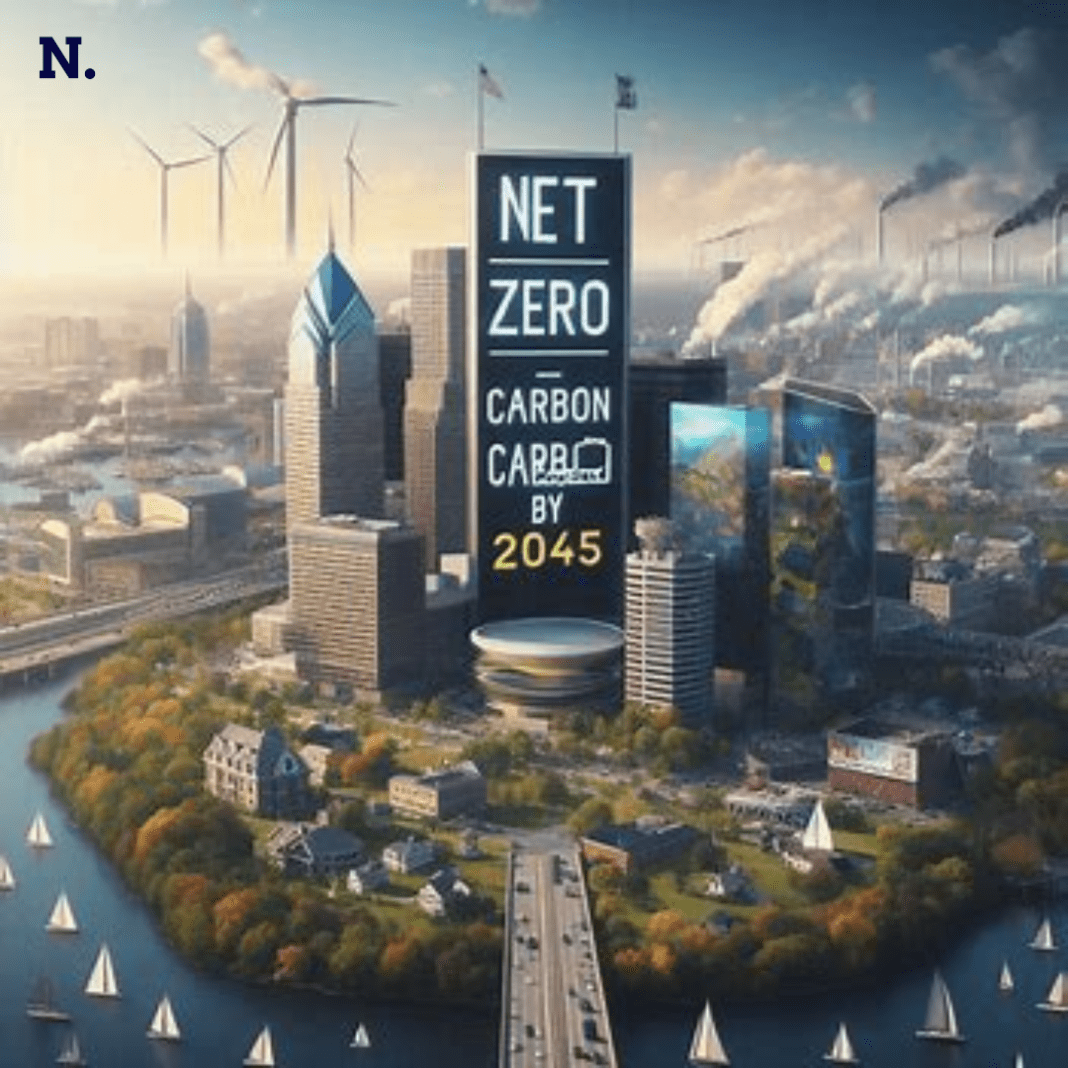Maryland Governor Wes Moore signed an executive order on climate change, marking a ground-breaking milestone.Till 2045 requires all state agencies to get net-zero carbon emissions. The far-reaching order will provide a blueprint for the overhauling of sectors. From energy to home appliances and focuses on a total transformation into a green economy.
Maryland homes: phasing out gas fired furnaces
The order sets forth a vision for the future of Maryland. Foremost among the provisions is the directive that the Maryland Department of the Environment phase out. The installation of gas-fired furnaces in homes by 2035 to replace them with cleaner alternatives like heat pumps. Serena McIlwain, Secretary of the Maryland Department of Environment, is working on implementing that regulation and underlining the urgency of the shift from fossil fuels to more sustainable options.
Governor Moore’s plan offers major economic and public health benefits. The initiative will garner public health savings of up to $1.2 billion, with $2.5 billion as an increase in personal income for Maryland residents, and at least 27,000 new jobs created in solar energy and energy-efficient construction. “We take actions to address climate change, not just to prevent disasters. It’s about growing opportunity,” Moore stated. Emphasizing the dual benefits of environmental sustainability and economic growth.
climate change : green economy plan
Ruth Ann Norton, president & CEO of the Green & Healthy Homes Initiative, called the executive order an important breakthrough. The organization, which advocates for green housing to promote health equity, has already had some concrete results from similar policies. “The homes we’ve electrified under these standards. there are lower energy bills, safer homes, housing values are going up, and people are healthier,” Norton stated, giving an example of the multi-benefits derived from a transition to green homes.
Governor Moore framed the transition to a greener economy as a very real opportunity to create jobs and grow the economy. “This is about economics,” he said. “It’s about jobs. We create more opportunities for the people of our state. And we think by being able to follow a larger environmental goal you’re able to do both.” Moore’s belief that environmental goals and economic growth are not mutually exclusive but that both can be followed at the same time in order to benefit the state.
Chesapeake bay : climate change action
Allison Colden, the Maryland executive director for the Chesapeake Bay Foundation, celebrated the order for what it meant for natural resources. “Our state agencies demonstrate effective climate change action by reducing greenhouse gas emissions, improving green infrastructure, and prioritizing communities,” Colden stated, noting the benefits of natural infrastructure, such as forests and marshes, that sequester carbon and provide habitat and water quality, benefitting the health of the Chesapeake Bay.
It directs the Maryland Energy Administration to create a clean energy standard meant to achieve 100% clean energy by 2035. He also calls for the Maryland Department of Transportation to put in place measures to support clean transportation. This is a rather holistic way of bringing down the carbon footprint of the state.
Renewable energy:baltimore’s School
The announcement Governor Moore made was at the Henderson-Hopkins solar energy-generating school in Baltimore. The symbolism of the location can’t be lost. While hosting an event meant to mark the state’s desire to switch to renewable energy. The event was not without controversy, as protesters demanded an end to pollution from a coal port in Baltimore. An issue Moore did not speak to directly during his announcement.
When asked whether he would support the energy-intensive data center industry. Moore indicated that he felt Maryland could balance the state’s climate goals with industrial growth. “I believe Maryland can achieve both climate goals and the development of data centers,” he said, signaling his intent to harmonize economic development with environmental responsibility.
Conclusion: greener and healthier maryland
Governor Moore’s executive order is a bold, all-encompassing leap toward a greener, healthier, and more prosperous Maryland. By encouraging cooperation, putting the community and environmental health on a pedestal, and while creating a clear path. With regulatory and policy frameworks, Maryland is poise to lead for example. on what can be accomplished regarding climate change. It is an initiative that is aim not only at containing environmental damage but also at creating a resilient and thriving economy for the future.




